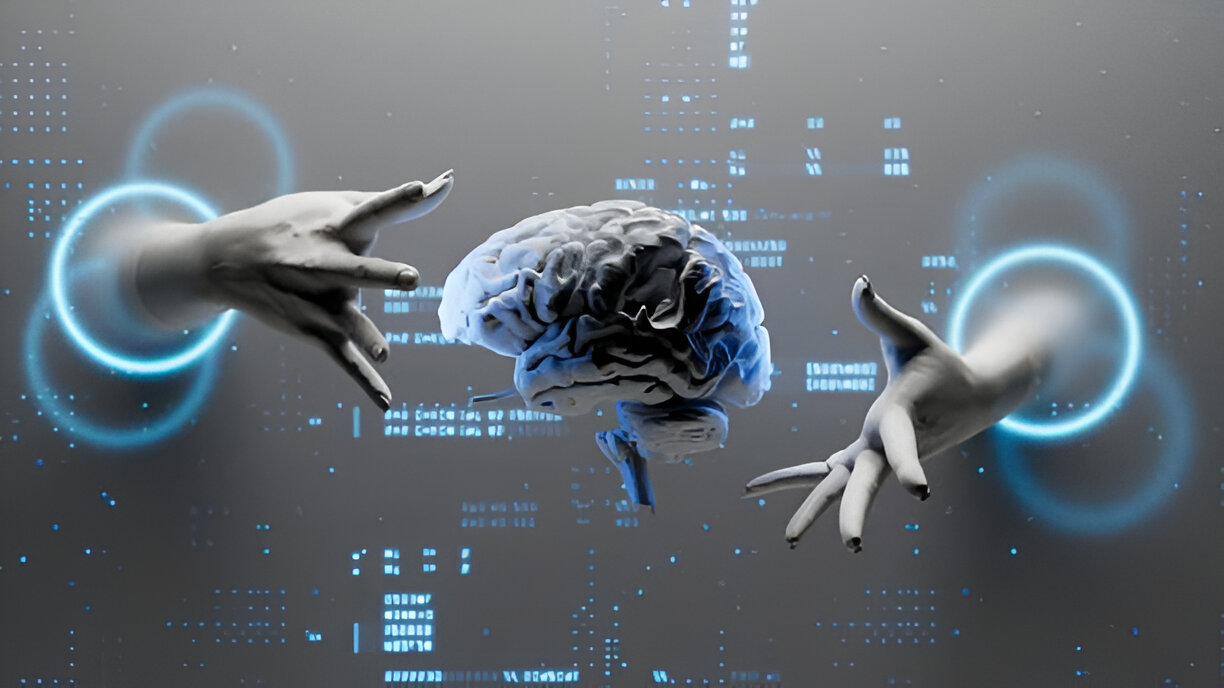How John Ball’s Brain-Based Techniques Revolutionize AI Learning
Artificial intelligence (AI) is no longer a futuristic concept; it’s a transformative force shaping industries worldwide. Yet, despite remarkable progress, AI still faces challenges such as contextual understanding, adaptability, and ethical concerns. Enter John Ball, an innovative thinker whose brain-based techniques are pushing the boundaries of AI learning, making machines smarter and more intuitive than ever before. This article explores how John Ball’s pioneering methods address key AI challenges, creating a paradigm shift in the field.
The Science Behind Brain-Based AI Techniques
John Ball’s approach draws inspiration from neuroscience, leveraging insights about the human brain to enhance machine learning systems. Traditional AI models often rely on vast amounts of data and computational power to identify patterns. However, they lack the nuanced understanding and flexibility inherent in human cognition. Ball’s techniques bridge this gap by mimicking neural processes, enabling AI to process information contextually and make decisions in a human-like manner.
For instance, Ball’s work integrates concepts such as hierarchical learning, where machines prioritize essential information while filtering out noise. This approach mirrors how the human brain processes complex scenarios, focusing on critical details and adapting dynamically. By incorporating these principles, AI systems become not only more efficient but also more intuitive, a crucial step toward creating truly intelligent machines.
Overcoming AI’s Limitations
One of AI’s persistent challenges is its inability to generalize knowledge across different domains. Traditional algorithms excel at specific tasks but falter when confronted with unfamiliar contexts. Ball’s brain-based methods tackle this issue by introducing cognitive flexibility into AI systems. Drawing from concepts like neuroplasticity, these techniques empower machines to learn and adapt continuously, much like humans.
Moreover, ethical concerns in AI, such as bias and transparency, are increasingly pressing. John Ball’s methods address these challenges by emphasizing explainability in machine learning models. His systems are designed to provide transparent decision-making processes, enabling users to understand and trust AI outcomes. This transparency is vital in critical sectors such as healthcare, finance, and autonomous systems, where accountability can’t be compromised.
Solve AI Challenges with John Ball’s Expertise
John Ball’s expertise is reshaping how we approach AI development, providing solutions to some of the field’s most complex problems. His brain-based techniques prioritize adaptability and contextual learning, making AI systems more robust and versatile. By addressing fundamental limitations, Ball’s methods pave the way for innovations that were previously unattainable.
For organizations grappling with implementing advanced AI solutions, Ball’s insights offer a roadmap to success. His focus on creating transparent, efficient, and adaptive AI models has already set new standards in the industry. Leveraging these techniques can help John Ball’s brain-based Ai Problem solving, ensuring systems not only perform better but also align with ethical guidelines and user expectations.
Real-World Applications of Brain-Based AI
The practical implications of Ball’s techniques are vast, spanning multiple industries. In healthcare, for instance, his methods are revolutionizing diagnostic tools. AI systems informed by brain-based techniques can analyze patient data more effectively, identifying subtle patterns that might elude traditional algorithms. This results in faster, more accurate diagnoses, ultimately saving lives.
In the financial sector, Ball’s innovations enhance fraud detection and risk assessment. By integrating contextual understanding, these systems can identify anomalies in real time, reducing false positives and improving decision-making accuracy. Similarly, in autonomous vehicles, his methods improve situational awareness, enabling safer navigation through complex environments.
The Road Ahead
As AI continues to evolve, the influence of John Ball’s brain-based techniques will undoubtedly grow. These methods address foundational issues in AI development, making systems more human-like in their capabilities. By prioritizing adaptability, transparency, and ethical considerations, Ball’s innovations are setting the stage for the next generation of intelligent technologies.
Future advancements may see these techniques integrated into education, where AI-powered tools could provide personalized learning experiences tailored to individual cognitive styles. Similarly, in environmental science, brain-based AI could analyze vast datasets to identify sustainable solutions to global challenges. The potential applications are limited only by imagination and innovation.
Conclusion
John Ball’s brain-based techniques represent a groundbreaking shift in AI learning, addressing critical challenges and opening new avenues for innovation. By drawing inspiration from neuroscience, his methods make AI systems smarter, more adaptable, and ethically sound. Whether it’s improving healthcare diagnostics, enhancing financial security, or ensuring safer autonomous systems, Ball’s expertise is proving transformative.
Organizations and researchers striving to overcome AI’s limitations can find valuable guidance in Ball’s approach. With the promise of creating intelligent systems that align with human values, his work not only solves AI challenges but also inspires a future where technology and humanity thrive together. As the field advances, the importance of these techniques will only continue to grow, solidifying John Ball’s legacy as a pioneer in artificial intelligence.














Post Comment